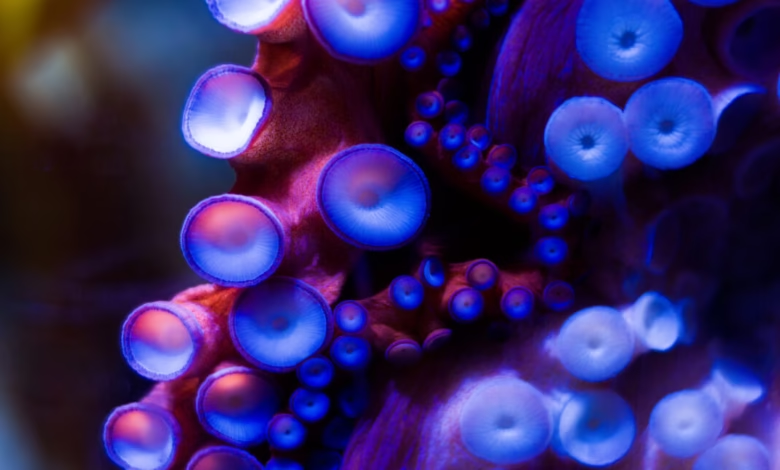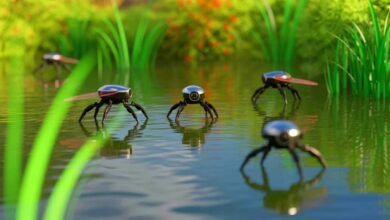Octopus-Inspired Robotic Sucker Adapts to Any Surface

▼ Summary
– Nature inspires advanced tech, such as color-changing materials and biomimetic robots, with octopus suckers now influencing soft robotics.
– Octopus suckers excel at gripping irregular surfaces, a challenge for artificial suction cups, prompting researchers to develop improved robotic versions.
– Biological suckers outperform artificial ones partly due to mucus secretion, but robotic alternatives use water as a substitute.
– Octopus suckers adapt to surfaces by deforming and using mechanoreceptors to minimize leakage and optimize mucus for adhesion.
– Octopuses control sucker grip through muscle contractions to adjust water pressure and can release objects by relaxing these muscles.
Nature continues to inspire groundbreaking technological advancements, with scientists increasingly turning to biological marvels for innovative solutions. Among these, the octopus stands out for its extraordinary gripping ability, thanks to specialized suckers that effortlessly adapt to any surface. Researchers have now developed a robotic version that mimics this natural mechanism with impressive accuracy.
Traditional artificial suction cups struggle with uneven textures like rocks or shells, limiting their practical applications. Octopus suckers, however, excel at conforming to irregular surfaces, thanks to a combination of flexible deformation and mucus secretion. A team at the University of Bristol, led by Tianqi Yue, sought to replicate this biological ingenuity in robotics. Their breakthrough involves replacing mucus with water, achieving a similar sealing effect without relying on biological materials.
The secret lies in how octopuses use mechanoreceptors, specialized cells that detect surface texture, to adjust their grip. These receptors signal the brain, prompting the sucker to reshape itself for maximum adhesion while minimizing air or water leakage. Muscles then contract to create negative pressure, securing the hold. When it’s time to let go, relaxing the muscles releases the suction effortlessly.
Yue’s team detailed their findings in a recent study published in PNAS, explaining how their robotic version emulates this process. By integrating soft, deformable materials and water-based sealing, the artificial suckers achieve adaptability comparable to their biological counterparts. This innovation could revolutionize fields like underwater robotics, where reliable gripping on unpredictable surfaces is crucial.
The implications extend beyond marine applications. Industries relying on delicate object handling, such as manufacturing or medical robotics, could benefit from this octopus-inspired technology. The ability to grip diverse surfaces without damage or slippage addresses a longstanding challenge in automation.
While the robotic suckers don’t yet match the full complexity of octopus biology, they represent a significant leap forward. Future refinements may bring even closer alignment with nature’s design, unlocking new possibilities for soft robotics. For now, this advancement highlights the untapped potential of biomimicry, proving once again that some of the best engineering solutions are already thriving in the natural world.
(Source: Ars Technica)
